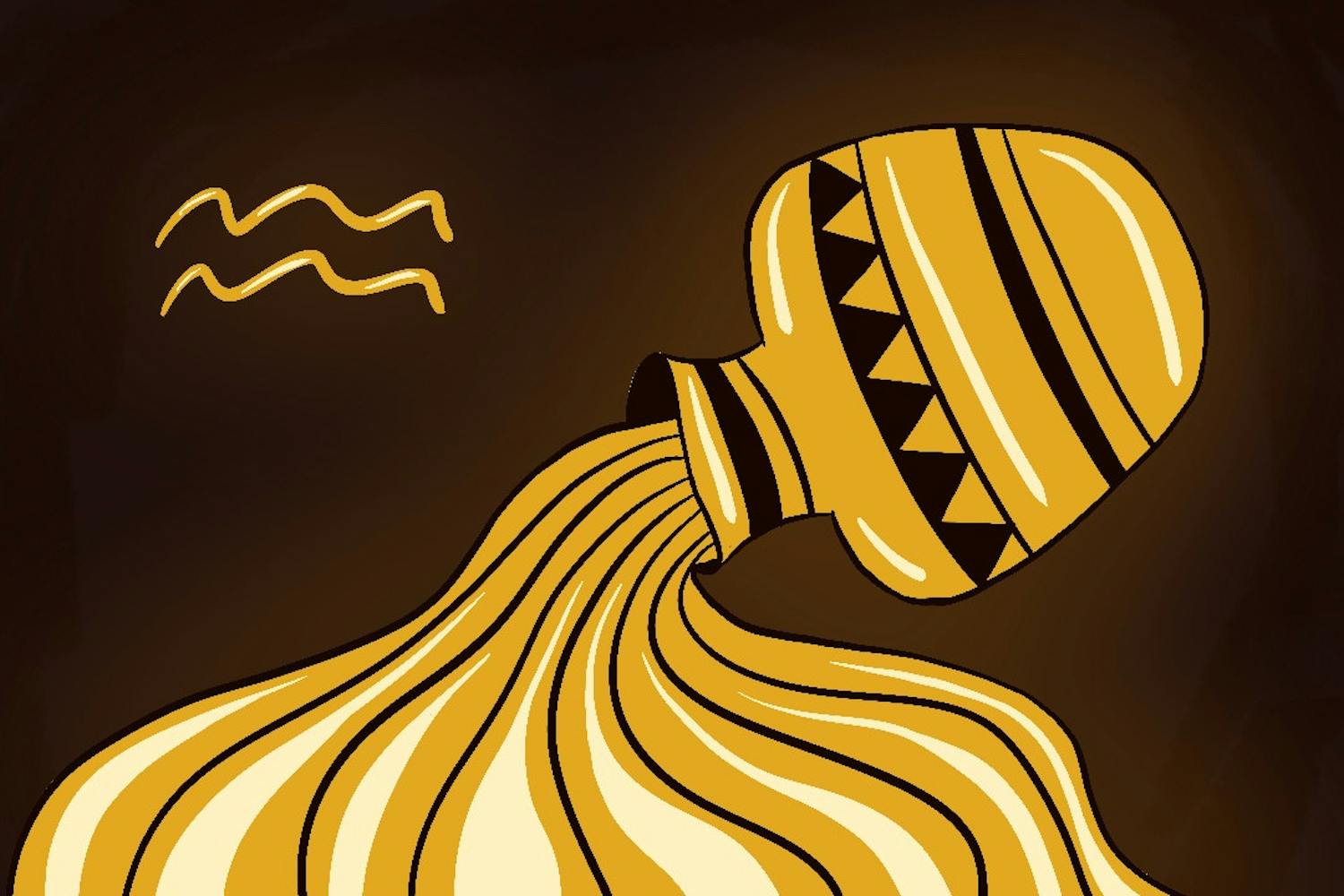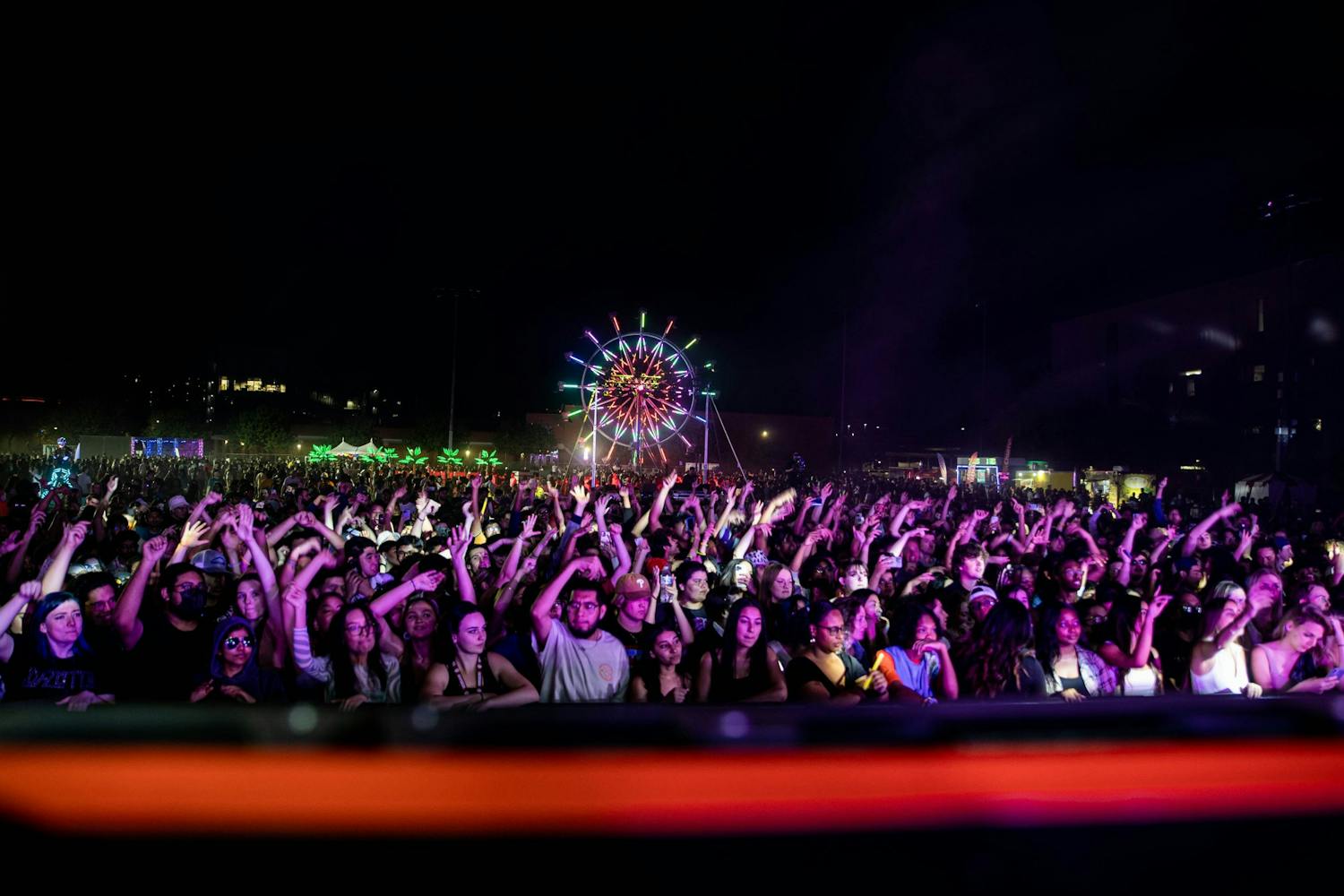Humans do two things that make us unique. We invent technology, and we create art. “The Monuments Men” is a story about a time when these creations ceased to peacefully coexist.
This film, based on a book about true events, is set in the latter years of World War II, when for the first time in history, entire cities could become the victims of collateral damage. Realizing the threat this poses for the fruits of man’s creativity, art historian Frank Stokes (George Clooney) assembles a team of doughy-yet-doughty art experts. Their mission is to hunt down and rescue a millennium’s worth of paintings and sculptures from the hands of the Nazis and the indiscriminate mechanical warfare devastating the historic cities of Europe.
Depending on which trailer you saw, “The Monuments Men” was either going to be a chortle-heavy comedy or a serious action-drama. It becomes clear within the first 15 minutes that director George Clooney was just as unsure about which genre he wanted it to fall into as the viewer is about what to expect. The result is a somewhat dull middle ground that elicits relatively few laughs, a couple of poignant moments, and some jarringly tense scenes, most of which are immediately rendered shallow by bloppy tuba music and unduly casual reactions by the characters.
As inappropriate as they are, these reactions are expertly delivered by a powerhouse cast, including Oscar winners Matt Damon, Cate Blanchett and Jean Dujardin. Bill Murray and Bob Balaban play off each other nicely, but they are still not as funny as they should be, considering their reputations. John Goodman and British actor Hugh Bonneville also skillfully occupy central roles.
Although the acting is excellent, there isn’t much to say about the characters themselves. It could be because there were simply too many to fit adequately in the under two-hour running time or that their development was just plain lazy, but we never really get a good picture of their motivations, besides that they love art of course.
In this way, the movie is fairly realistic. In life, people don’t usually reveal progressively deep aspects of themselves incrementally. And even when they do, it is through an inconsistently gaged social filter, making relationships more distant and less certain than we’ve come to expect from movies, especially if these people are in an ad hoc team like they are in this film. This makes “The Monuments Men” less of a personal story of seven past-their-prime heroes willing to give their lives for the legacy of humanity, and more of a face-value window through time.
When watched like this, it is actually quite entertaining. The sets, props, and costume design are flawless, and not as gritty and vague as most war movies present them. “The Monuments Men” takes us on a light, accessible adventure, following what is essentially a treasure hunt where the art takes center stage. Every time we arrive at a new hidden cache of Monet’s, Rodin’s and other classic works, the angles and clarity with which we see them give those of us unfamiliar with the specific pieces a deep insight into their beauty.
“The Monuments Men” has an effect similar to Leonardo da Vinci’s "Cecilia Gallarani," a painting that is prominently featured at one point in the film. While you’re looking at it, it is absolutely fascinating. After seeing it, it does not stick with you like the "Mona Lisa," but you leave with a feeling of optimistic cleanness — a feeling of satisfaction, but you’re not really sure why.
Reach the reporter at shmartin@asu.edu or follow him on Twitter @shmartin09



